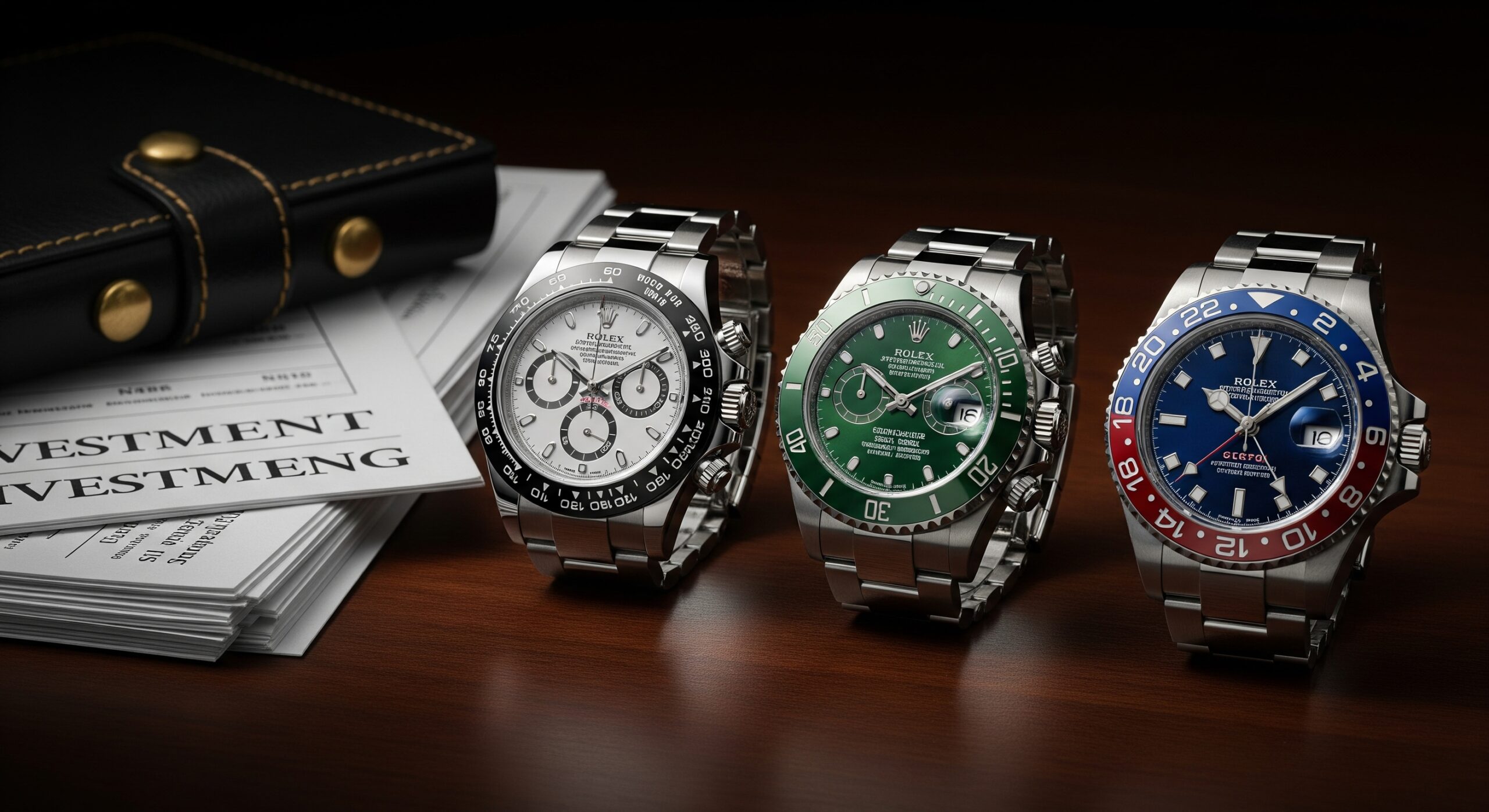Introduction
Over the years, the definition of luxury and high-end designer clothes has evolved significantly. What was once considered as fashionable and extravagant in the past, may not necessarily be the case in the present. The constant evolution of fashion has led to a shift in consumer preferences and expectations from luxury and high-end designer clothes. In this article, we will take a closer look at the evolution of luxury and high-end designer clothes over the years, exploring the changes in fashion that have led to the industry we know today.
The emergence of luxury and high-end designer clothes
The concept of luxury and high-end designer clothes dates back to the 1800s when fashion houses started to emerge in Europe, bringing with them a new wave of fashion and style. These fashion houses, such as Chanel, Dior, and Gucci, were the pioneers of the luxury fashion industry. They were known for their exquisite craftsmanship, attention to detail, and use of high-quality fabrics. By creating clothing that was both visually stunning and made with the finest materials, these fashion houses quickly became synonymous with luxury and elegance. Luxury fashion was associated with a certain social class, and only the elite could afford to wear these clothes. However, as fashion trends began to change, so did the definition of luxury. But, before we dive into the next stage of fashion, let’s learn a little more about the beginnings of these three brands.
Chanel
Gabrielle “Coco” Chanel was a French fashion designer who founded the Chanel brand in 1909. She started out as a hat maker, creating stylish and comfortable hats for women. Her designs were a departure from the ornate and extravagant hats that were popular at the time, and instead focused on simple, yet elegant designs. Chanel’s designs were an instant hit, and she quickly expanded her brand to include clothing and accessories.
One of the most iconic designs from Chanel is the little black dress. Chanel introduced the little black dress in 1926, and it revolutionized women’s fashion. The dress was simple and elegant, and could be worn for a variety of occasions. It became a staple in every woman’s wardrobe and is still popular today.
Dior
Christian Dior was a French fashion designer who founded the Dior brand in 1946. His designs were a departure from the utilitarian clothing that was popular during World War II, and instead focused on feminine silhouettes and luxurious fabrics. Dior’s first collection, dubbed the “New Look,” was an instant success. It featured full skirts and nipped-in waists, and was a departure from the boxy, masculine clothing that was popular at the time.
One of the most iconic designs from Dior is the Lady Dior bag. The bag was introduced in 1995 and quickly became a status symbol. It is made with high-quality materials and features the brand’s signature quilted pattern. The bag has been carried by countless celebrities and is still a popular accessory today.
Gucci
Guccio Gucci was an Italian fashion designer who founded the Gucci brand in 1921. He started out as a leather goods maker, creating high-quality luggage and accessories. Gucci’s designs were known for their elegance and attention to detail, and quickly became popular with the elite.
One of the most iconic designs from Gucci is the GG logo. The logo was introduced in the 1970s and quickly became a symbol of luxury and status. It has been featured on everything from handbags to clothing to shoes, and is still a popular design element today.
In order to stay relevant, however, these brands had to change in order to stay hip to new trends. This time around, it was time to introduce streetwear and athleisure.
The rise of streetwear and athleisure
In recent years, we have seen a shift in consumer preferences towards more casual and comfortable clothing. The rise of streetwear and athleisure has disrupted the traditional luxury fashion industry, creating new challenges and opportunities for designers and fashion houses alike. Consumers are no longer satisfied with just wearing high-end designer clothes for special occasions. They want clothes that are versatile and can be worn on a daily basis. This has led to the emergence of luxury streetwear brands such as Off-White, Yeezy, and Supreme. These brands have redefined luxury fashion by incorporating streetwear elements into their designs, creating clothing that is both stylish and comfortable.
Sustainable luxury fashion
As consumers become more conscious of their impact on the environment, there has been a rise in demand for sustainable fashion. Luxury fashion houses have started to incorporate sustainable practices into their production processes, creating clothing that is not only visually stunning but also eco-friendly. They are using eco-friendly materials, reducing waste, and implementing sustainable supply chains. Sustainable luxury fashion is not only good for the environment, but it also resonates with consumers who want to make a positive impact through their purchasing decisions. As we move forward, it will be interesting to see how the luxury fashion industry continues to evolve and adapt to changing consumer preferences and societal trends, while still maintaining the essence of luxury and high-end designer clothes.
Conclusion
The evolution of luxury and high-end designer clothes has been significant over the years. From the emergence of luxury fashion houses in the 1800s to the rise of streetwear and the demand for sustainable fashion, the industry has undergone many changes. However, the essence of luxury and high-end designer clothes has remained the same. It is about creating clothing that is both visually stunning and made with the finest materials, while also adapting to changing fashion trends and societal preferences. As we move forward, it will be interesting to see how the luxury fashion industry continues to evolve and adapt, while still maintaining the essence of luxury and high-end designer clothes that has made it so iconic.



